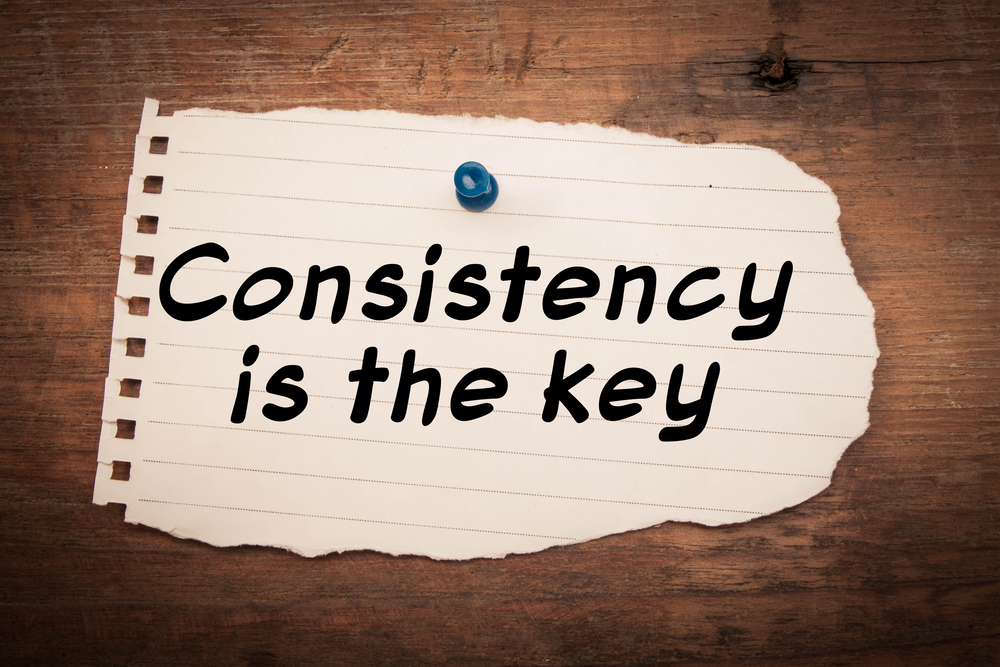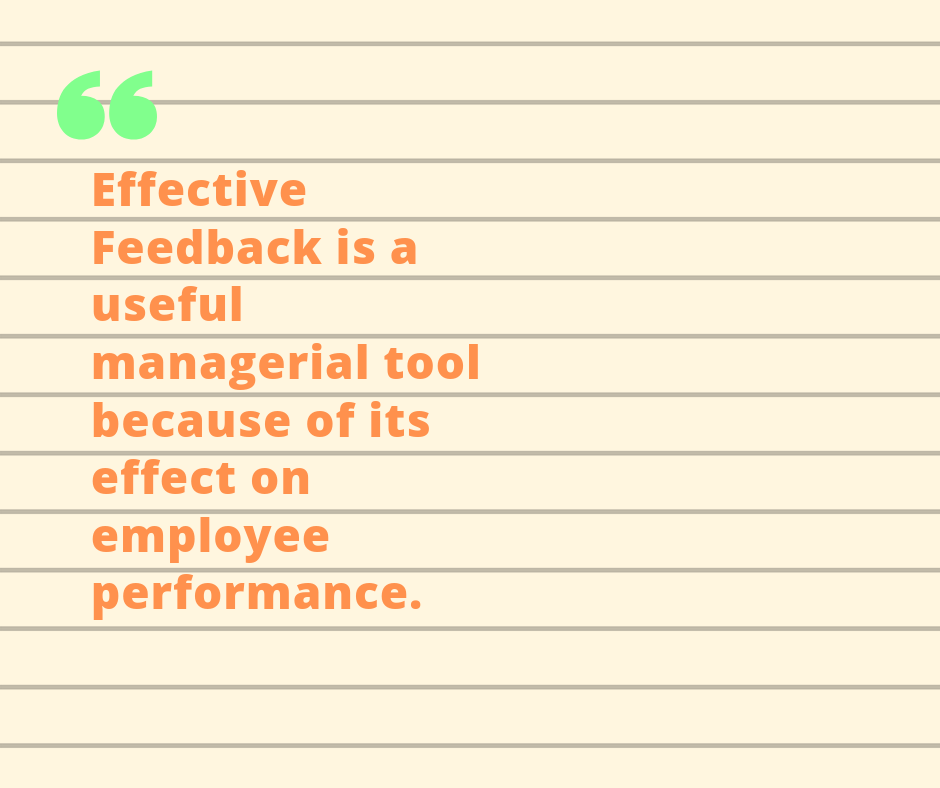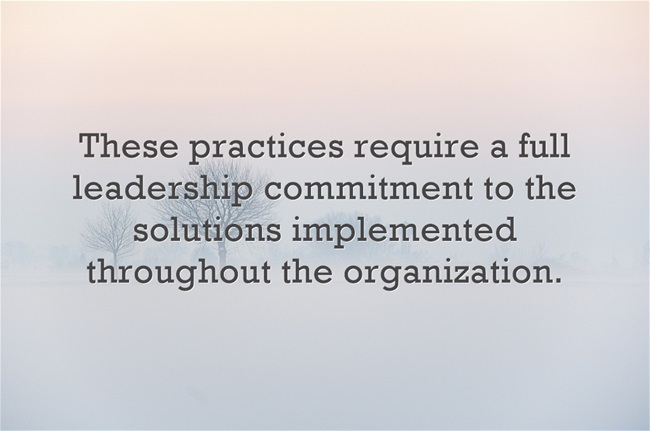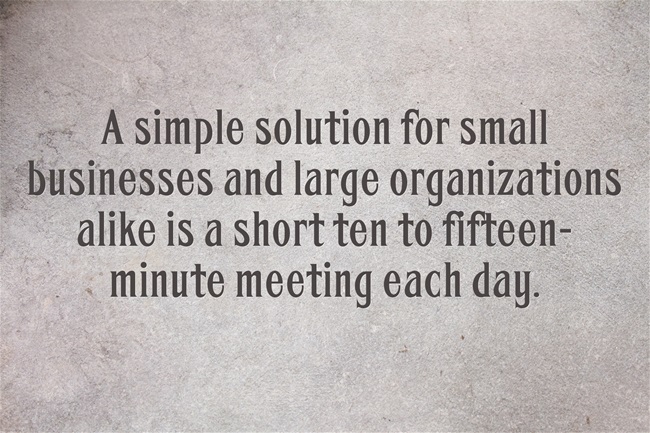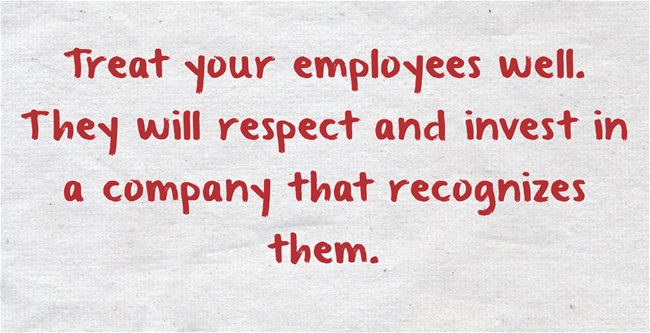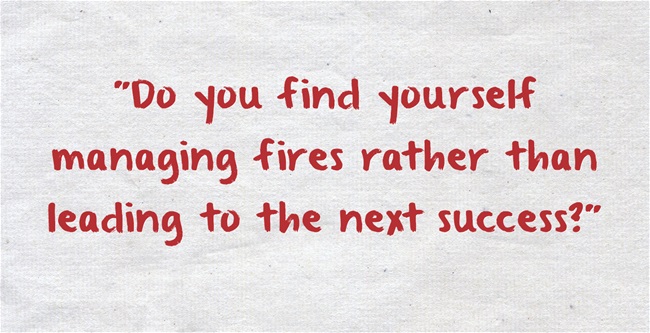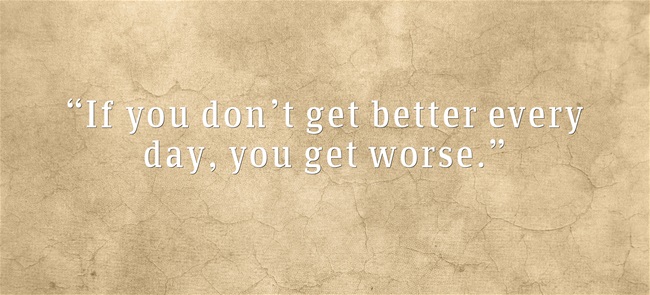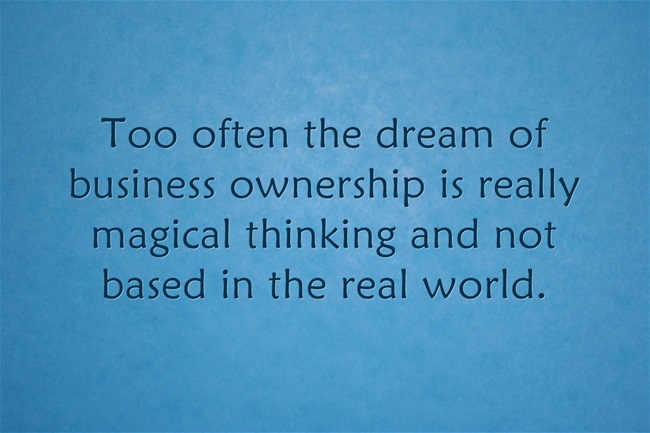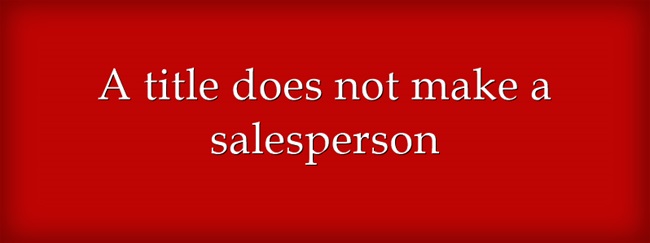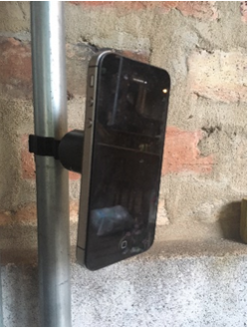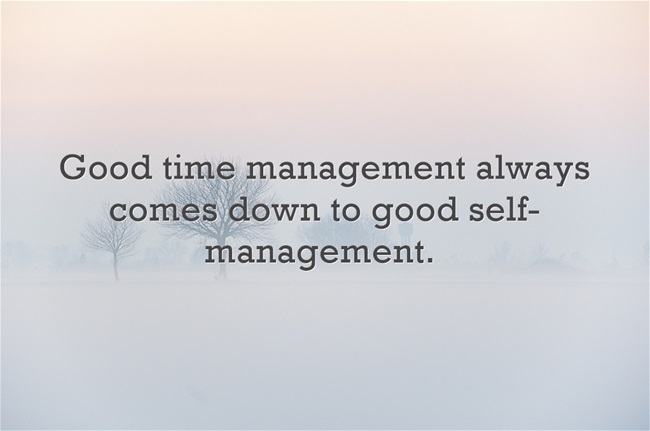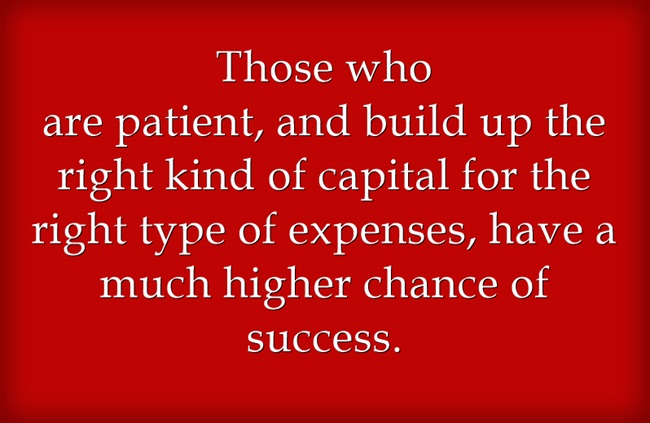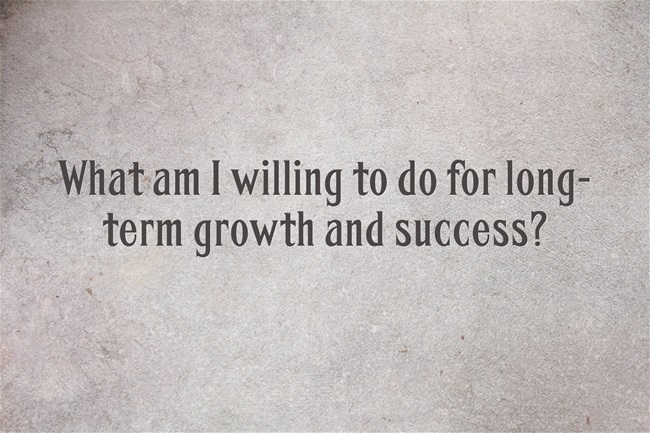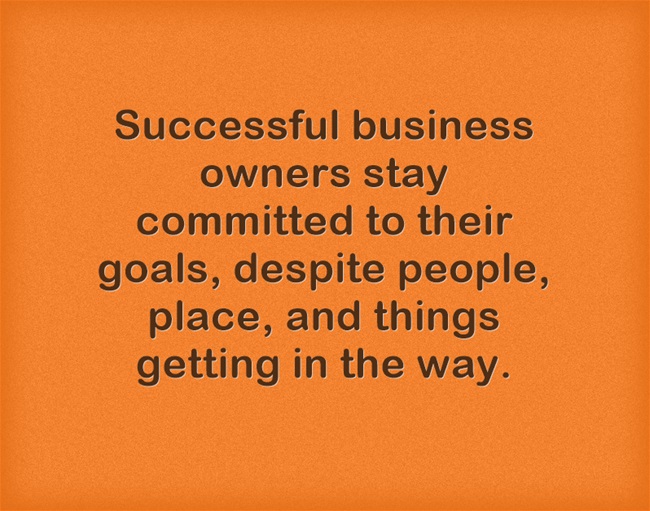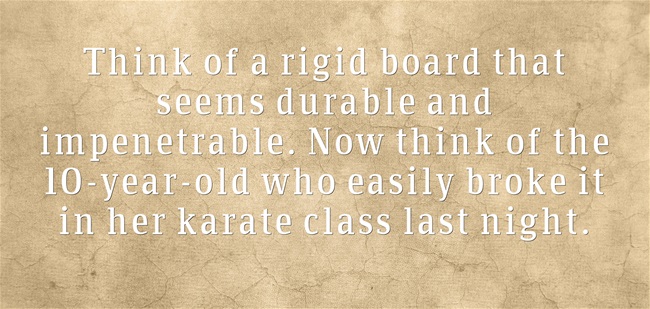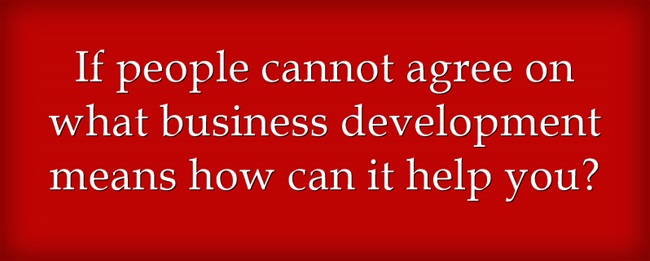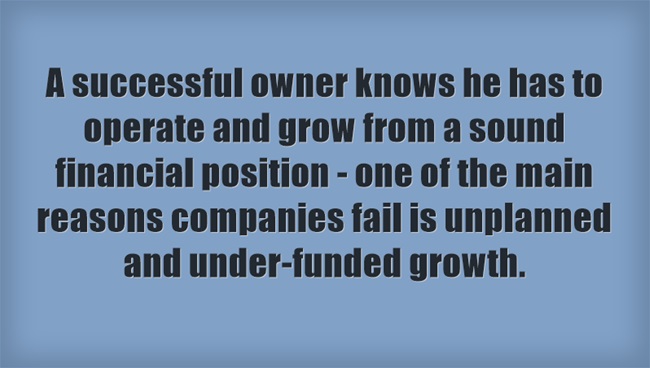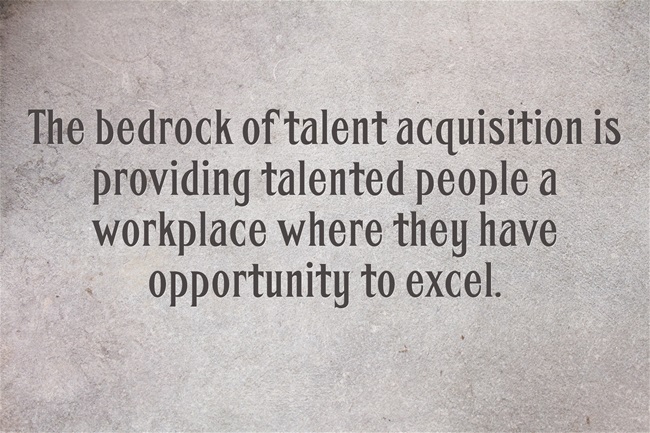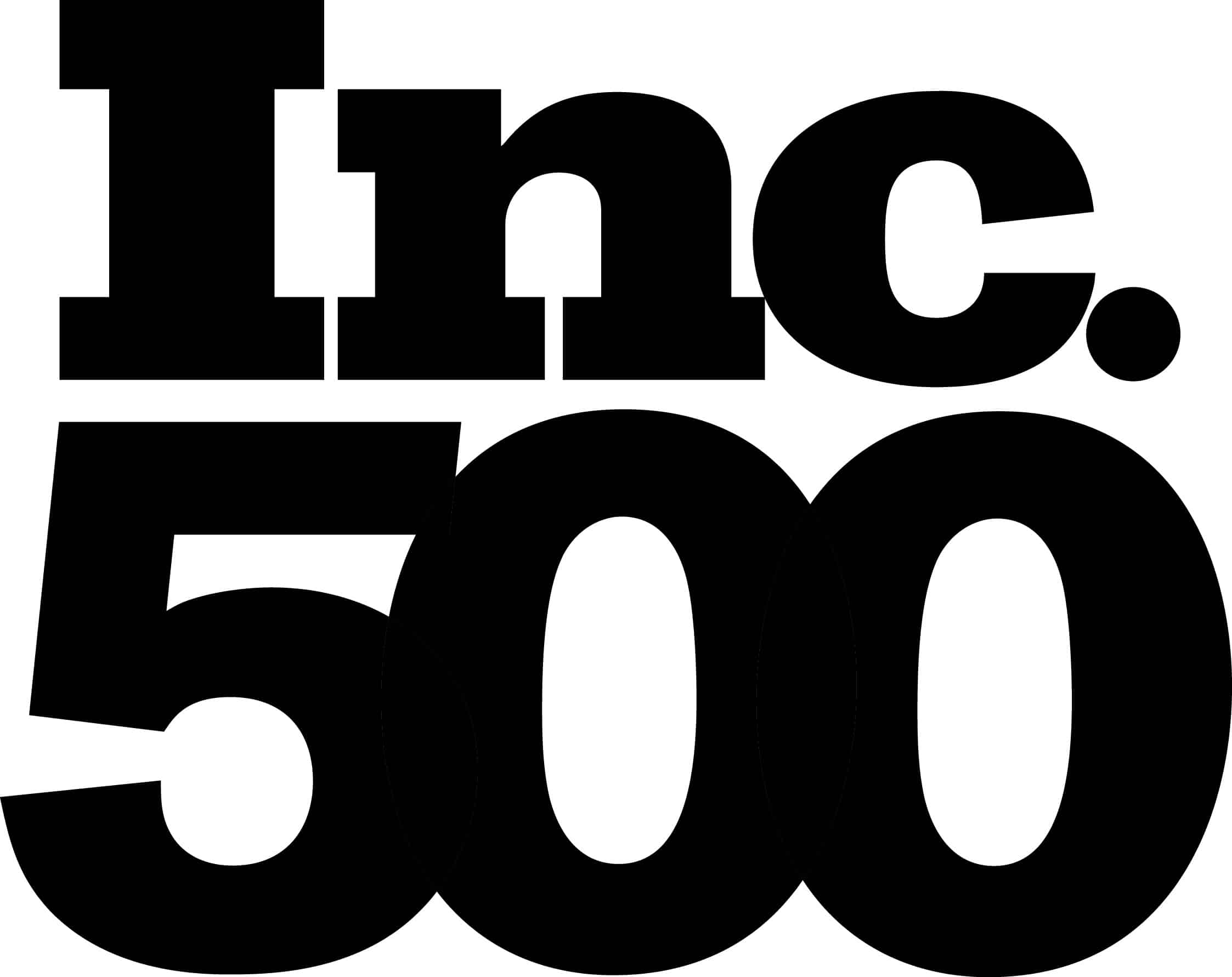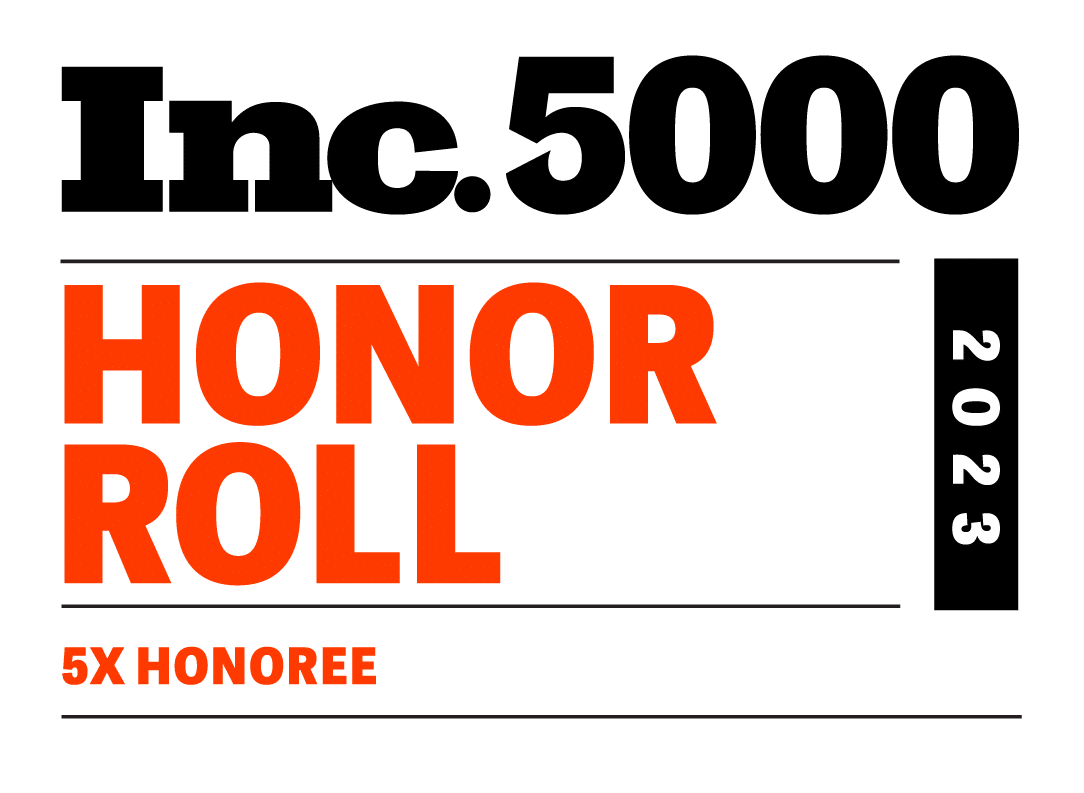By Andrew Pfeiffer, Client Services Project Director
Why is hiring friends and family still such a common issue?
Hiring friends and family is one of the most common mistakes small business owners make. At first, it seems like a good move. These are people you know and trust. It feels easier, cheaper, and more comfortable than going through a formal hiring process.
But more often than not, it creates tension, confusion, and inefficiency that ripple across your entire team. If you’re serious about building a business that scales, stop hiring based on personal ties. Start hiring for performance.
Why do owners keep making this mistake?
You are not alone. Most business owners who hire friends or family are not doing it out of laziness or ignorance. They genuinely believe it is the best option at that moment.
Here are some of the most common reasons:
“I trust them more than a stranger.”
- Trust should come from alignment and accountability, not just shared history.
“They need the job, and I want to help.”
- Good intentions often lead to bad outcomes when business needs are not met.
“They already know me and how I work.”
- Familiarity does not equate to competence or clarity.
“It saves time and money to hire someone I know.”
- A bad hire always costs more in the long run.
Recognizing these reasons is the first step in transitioning from emotional decision-making to a strategic leadership approach, empowering you to make more informed hiring choices.
Why doesn’t it work to hire “people you know”?
Because the relationship ultimately outweighs the responsibility. When someone is hired for who they are, not what they can do, you start from a place of compromise.
Here’s what usually happens:
Expectations go unspoken.
- You assume they know how you operate, but they don’t.
Accountability becomes uncomfortable.
- You hesitate to correct or redirect them.
Other employees disengage.
- They see inconsistency and lose trust.
Boundaries blur.
- Personal issues bleed into the business.
The result is declining performance, rising resentment, and a culture that starts to break down.
What does it look like to hire the right way?
Hiring the right way means selecting individuals who align with your values, understand your expectations, and are committed to delivering results. It also means placing people in roles for which they are equipped, not just the convenient choice.
Ask yourself:
- Do they understand the role and what success looks like?
- Do they share the values that guide how we operate?
- Do they take initiative, communicate clearly, and follow through?
- Do they lift the team’s energy, or do they drain it?
When you hire with clarity, trust increases, performance improves, and your business gains real traction, creating a sense of optimism for the future.
How to hire the right way: A simple checklist
Before you make your next hire, walk through this checklist:
Define the role.
- What are the outcomes this person is responsible for?
Create a scorecard.
- Identify the must-have skills, behaviors, and values.
Interview multiple candidates.
- Do not skip this just because someone is familiar.
Check for alignment.
- Are they bought into your mission and approach?
Set expectations upfront.
- Clarity from day one prevents confusion later.
Use documentation.
- Always provide a formal offer and job agreement.
This requires more effort on the front end, but it protects your business and team in the long term.
Do not overlook the opportunity cost.
When you keep someone in the wrong role or delay hiring the right person, you are paying more than their paycheck. You are also losing time, energy, and potential growth. This is the opportunity cost, and most business owners never take the time to measure it.
Here is what that cost looks like:
Missed revenue.
- A better hire could lead to increased sales, client retention, or open the door to new opportunities.
Slow operations.
- The wrong person slows down the entire system and creates bottlenecks.
Delayed growth.
- While you manage issues or cover their gaps, your strategic priorities stay on hold.
Lost morale.
- Your best employees notice when standards drop, and they begin to disengage.
Every month you postpone a tough decision, you lose something. Clarity around the real cost of inaction enables you to lead with confidence and make informed decisions for the future of your business.
How does this connect to the 5 E’s Framework?
This is not just a hiring issue. It is a leadership issue. And it affects every part of the business. Let’s walk through the 5 E’s:
Experience
- Bad hires hurt morale. They disrupt how your team serves clients and force top performers to carry extra weight.
- Ask: How does this hire affect the day-to-day experience of my team and clients?
Expectations
- Without clearly defined expectations, even well-intentioned individuals will often underperform.
- Ask: Have I clearly communicated what this role requires and how success is measured?
Execution
- Hiring out of obligation often leads to poor follow-through. Culture is important, but results are essential.
- Ask: Can this person consistently deliver what the role demands?
Education
- Please do not assume they are ready. Every hire needs structure, support, and a plan.
- Ask: Have I set them up to succeed, or am I just hoping it works out?
Empowerment
- You want people who take ownership, make decisions, and move the business forward. Not people who coast.
- Ask: Is this person truly empowered, or just enabled by proximity?
What if you already hired the wrong person?
If there is potential and a willingness to grow, you can create a clear path forward with well-defined expectations, targeted training, and a well-defined timeline. But if there is consistent misalignment or underperformance, it is time to make a change.
Lead with integrity:
- Be honest about the gaps and the impact.
- Be clear about what needs to change and by when.
- Be prepared to follow through if improvement does not happen.
It is better to face a short-term challenge than live with long-term dysfunction.
Real-world example: What this looks like in practice
I consulted a business where a family member of the owner was running the warehouse. They showed up late, ignored processes, and resisted any accountability. The owner kept them around because he felt obligated and did not want to stir up conflict at home.
But the consequences were clear. The inventory was constantly wrong. Orders were delayed. The team was frustrated. Once we addressed it and made a leadership change, things improved quickly. Morale increased. Accuracy went up. Customers noticed. And for the first time in months, the owner could breathe again.
The business was not broken. The people in the wrong seats were holding it back.
Final thoughts: Hire for outcomes, not obligation
Your business can only grow as far as your people can take it. Hiring out of guilt or convenience might feel kind, but it usually hurts more than it helps.
Before you hire your cousin, your neighbor, or your best friend’s kid, ask yourself:
Are they the right person for this job, or just the easiest choice?
Build your team around clarity, capability, and commitment. That is how you build a business that lasts.

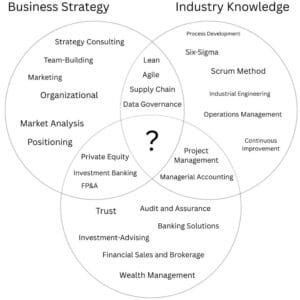
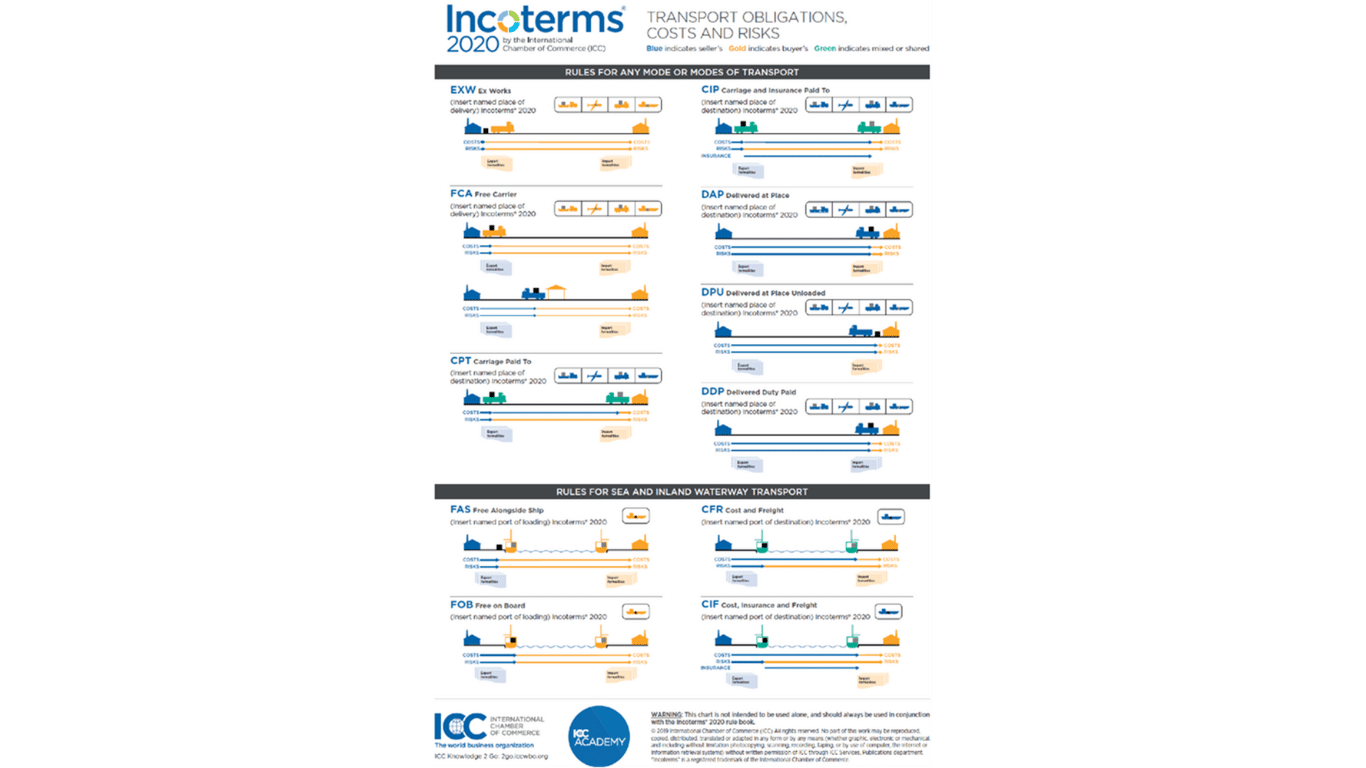

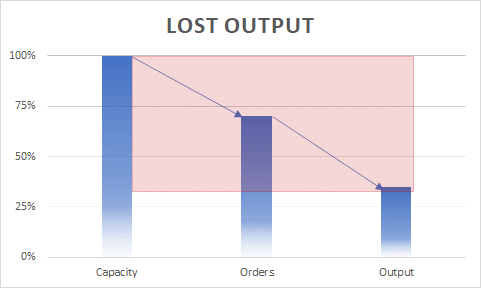
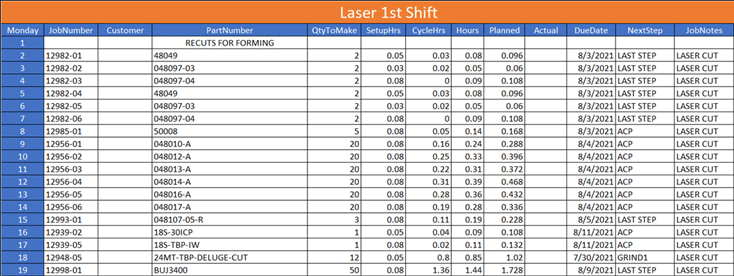

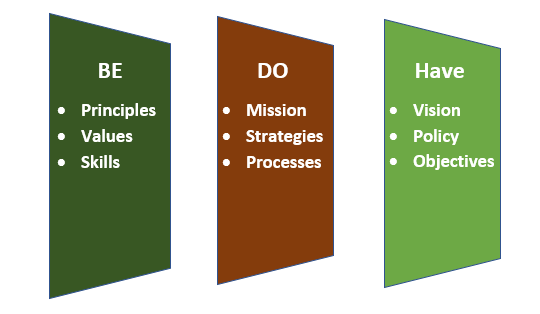
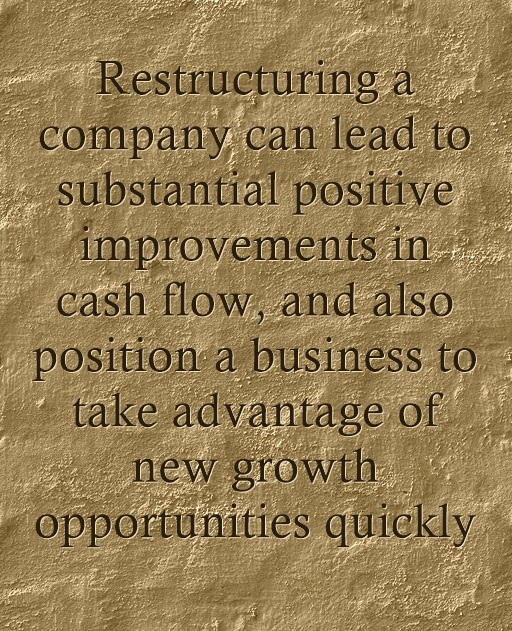 It is clear that there are two times it is critical to call a consultant for help.
It is clear that there are two times it is critical to call a consultant for help.




